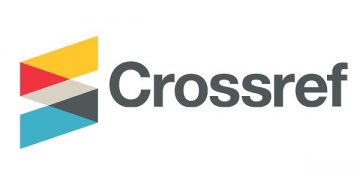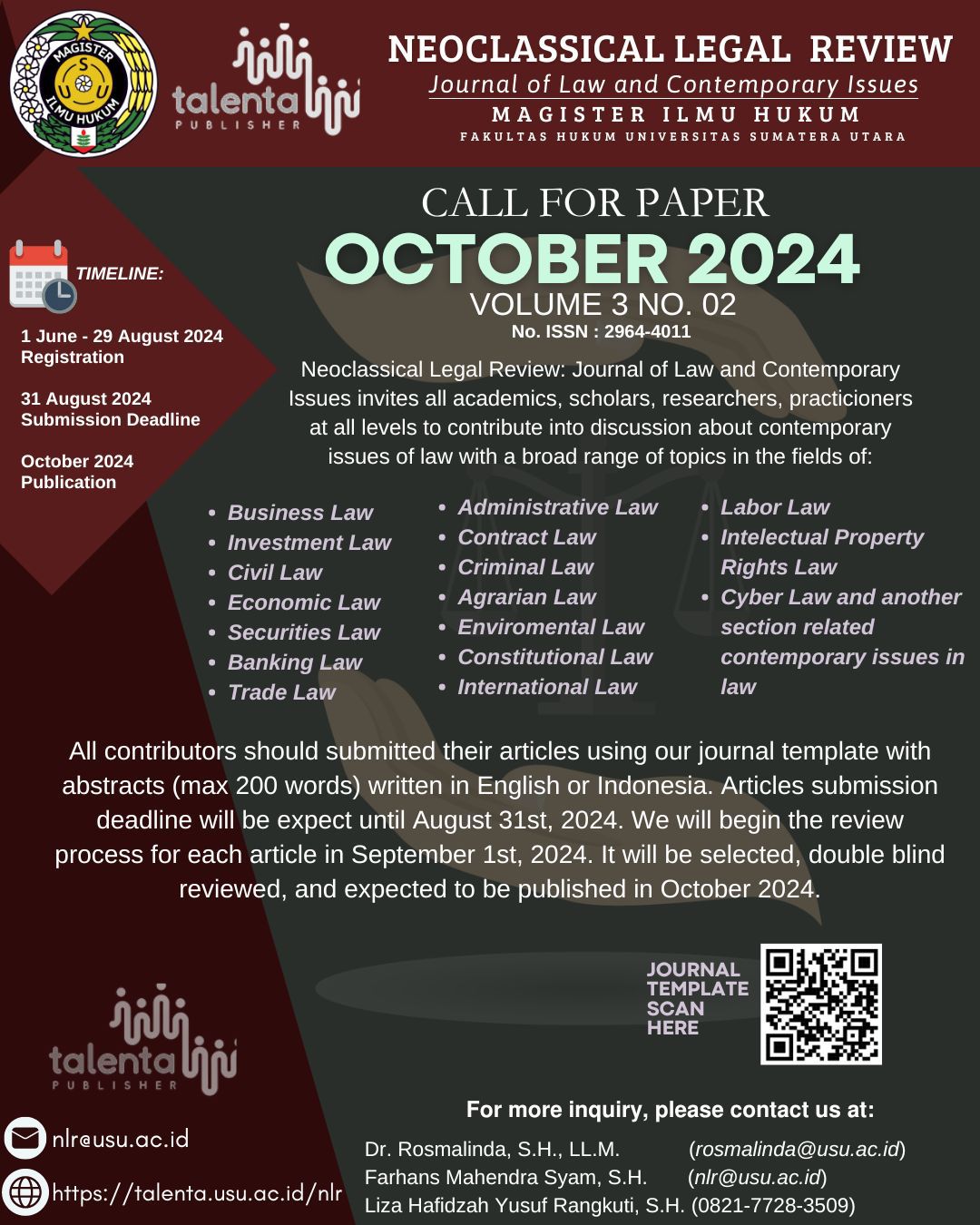Author Guideline
Paper Format
The word limit for the submission is 4000-10000 words (including of abstract).
The sequence of manuscripts following: Title; Abstract; Keywords; Introduction; Method (for original research articles); Result and Discussion; Conclusion; and Bibliography.
Main Headings of Manuscripts.
Following main headings should be provided in the ma-nuscript while preparing. Main headings, sub-headings and sub-sub headings should not be numbered in the manuscript:
HEADING
Sub-Headings
Sub-sub headings
Point headings
Title
Title of articles are written with 16 pt Times New Roman Bold and preferably not more than 14 words. Author(s) name, affiliations, full addresses, Tel./Fax, e-mail, and postal codes.
Abstract
Times New Roman 10 pt maximum 250 words. It is the first part in scientific article. It comprises summary of the whole content of scientific article. It brings a general overview about the content of scientific article to the reader. By reading abstract, readers can decide whether the research topic is relevant with their wish or not
Keywords
Keywords arranged by alphabetically and should have at least two keywords and maximum five keywords separated by a comma (,)
Introduction
It begins with general discussion. The first sentence of opening paragraph should make readers appeal and curious. Then, background of research and related previous of study are explained after opening paragraph and before end paragraph. This section logically links the existed research problems with the approach that is operated to solve the problem. Introduction ends with the aim and purpose of research or the activity and main research finding.
Method
It discusses about how the research be done. This section supports and establishes the explanation which is contained in the finding chapter.
Result and Discussion
It starts with the description of research finding. Then, data analysis of research finding becomes the next explanation. The data analysis is based on the research problem that has been presented in introduction. The descriptions in this section can explain whether the hypothesis which is presented in the introduction can be proven or not.
Conclusion
It is the last section in the AIM (RAD) C model. It summarizes some information of the research finding and discussion.
Acknowledgements
Acknowledgements and Reference heading should be left justified, bold, with the first letter capitalized but have no numbers. Text below continues as normal.
Conflict of Interest
References
Bibliography at the end of the manuscript should be written in APA (American Psychological Association) Citation Style. All publications cited in the text should be included as a list of Bibliography, arranged alphabetically by author. Example:
Binnall, J. M. (2019). Jury diversity in the age of mass incarceration: An exploratory mock jury experiment examining felon-jurors’ potential impacts on deliberations. Psychology, Crime & Law, 25(4), 345–363. https://doi.org/10.1080/1068316X.2018.1528359
Prinzie, P., Stams, G. J. J. M., Deković, M., Reijntjes, A. H. A., & Belsky, J. (2009). The relations between parents’ Big Five personality factors and parenting: A meta-analytic review. Journal of Personality and Social Psychology, 97(2), 351–362. https://doi.org/10.1037/a0015823
Gibson, J. J. (1966). The senses considered as perceptual systems. Houghton Mifflin.
Saks Berman, J. (1995). From Chicago to Rainbow Bridge: In search of changing woman. In E. F. Williams (Ed.), Voices of feminist therapy (pp. 11–25). Harwood Academic Publishers.
Figures/Graphics
All figures should be numbered with Arabic numerals (1, 2, 3,.). Every figure should have a caption. All photographs, schemas, graphs and diagrams are to be referred to as figures. Line drawings should be good quality scans or true electronic output. Low-quality scans are not acceptable. Figures must be embedded into the text and not supplied separately. In MS word input the figures must be properly coded. Preferred format of figures are PNG, JPEG, GIF etc. Lettering and symbols should be clearly defined either in the caption or in a legend provided as part of the figure. Figures should be placed at the top or bottom of a page wherever possible, as close as possible to the first reference to them in the paper. Please ensure that all the figures are of 300 DPI resolutions as this will facilitate good output. The figure number and caption should be typed below the illustration in 8 pt and left justified [Note: one-line captions of length less than column width (or full typesetting width or oblong) centered].
Table
All tables should be numbered with Arabic numerals. Every table should have a caption. Headings should be placed above tables, left justified. Only horizontal lines should be used within a table, to distinguish the column headings from the body of the table, and immediately above and below the table. Tables must be embedded into the text and not supplied separately.
Template
To get a clearer writing guide, you may download our journal template here












